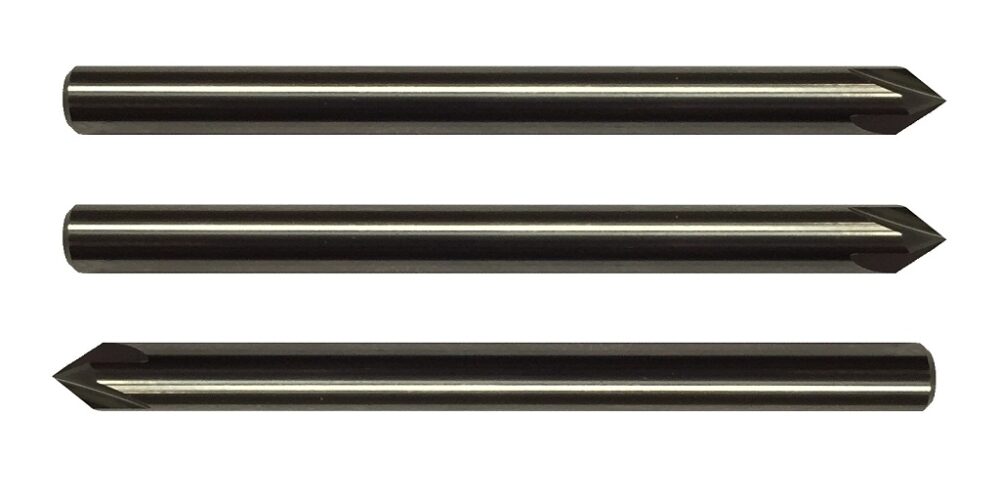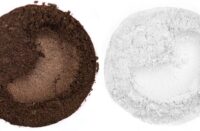High-efficiency milling has been on the news for quite some time, and for all the good reasons. Right now, roughing cycle times using chamfer end mills can be reduced by as much as 80% when using strengthened tools and methods such as solid carbide and enhanced tool paths. Newer software and CAM systems even provide faster feed rates and deeper depths, while keeping temperature and chatter under control. However, we still encounter limitations when machining part features and areas that force us to be more conservative when it comes to cycle reduction.
Remember that the whole point of high-efficiency machining is to reduce cycle times and improve tool life. These mentioned obstacles can really hinder our ability to increase productivity, but there are ways to circumvent them.
Keep Chip Thickness Constant
Changing force loads on your cutter is one of the main causes of tool deterioration. Abrupt changes in material engagement cause sudden shocks and vibrations that increase tool fatigue. Part features, like pocket corners, tend to produce these sudden shocks and force us to be much more modest in our goals.
To solve this problem, you need to be able to dynamically calculate varying feed rates for crucial points of your toolpath so you can get close to keeping a constant cutting force for your tool and spindle. It sounds like a ton of work but newer CAMs provide incredible toolpath generation options that will help you take care of your carbide chamfer end mills.
Do Not Disengage
The same principle applies here. The longer you keep your tool engaged, the longer its lifespan. However, some parts will present features that create extensive areas of “air cutting”, such as bosses or islands, that will traditionally negate fluid toolpath engagement. The trick to achieving the highest percentage of cutter engagement time is to create trochoidal paths around these features to incorporate them into larger patterns on your piece.
Carbide Cutters
Carbide is the to-go material when you want to achieve high efficiency. It is harder than steel and can withstand extreme temperatures without losing material integrity. However, carbide is also very rigid and brittle. It can stand up to incredible compressive forces, yet be very sensitive to tensile forces. It means that carbide is not as flexible as steel and that the sharp edges of your carbide chamfer end mill can withstand elevated performance levels as long as it does not see tensile forces that can cause microchipping. This allows you to run the tool to its full depth of cut and spread the forces out over the whole area instead of localized points of your tip.
However, your carbide tools must be of the highest quality if you expect them to resist the full force of a full-depth cut at high feed rates. Online Carbide is a trusted all-American carbide tools supplier committed to providing the best tools for high-performance machining. Visit them today and take advantage of their direct manufacturing prices.












